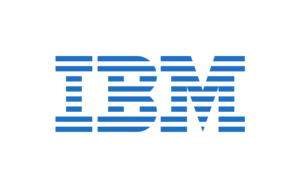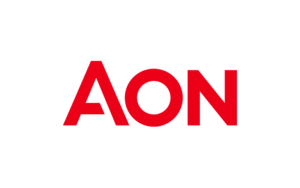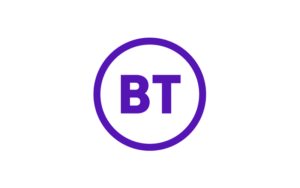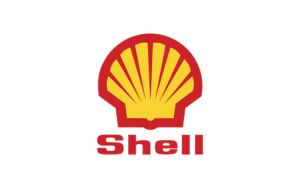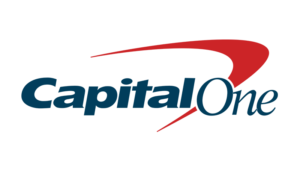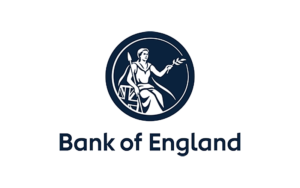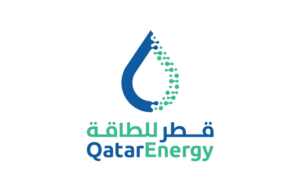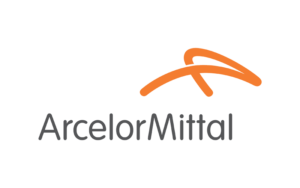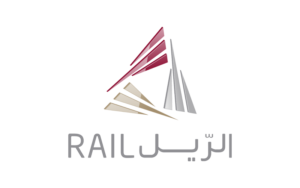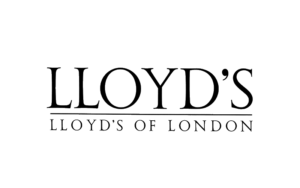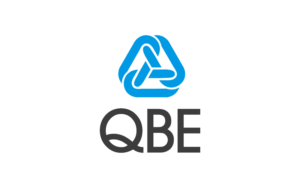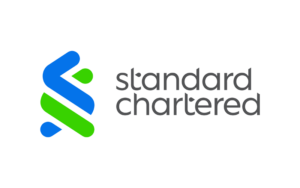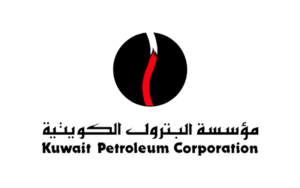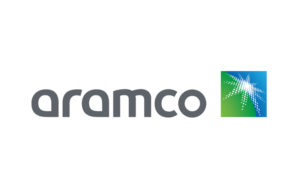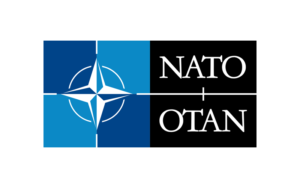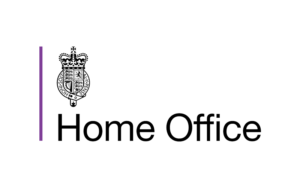The array of documentation, standards, procedures and statements to support ERM activities requires significant time and effort to develop and embed and can be time-consuming even for those organisations with a large risk department.
Our expertise and experience can guide and support you in developing and implementing what’s needed for your risk management programme.
Developing the array of documentation, standards, procedures and statements to support risk management activities requires significant time and effort as well as insights of the successful practices and elements of enterprise risk programmes.
Combined with the challenges associated with staying on top of changing and new regulations, increasing complexity, and higher levels of uncertainty, risk management teams and leaders face challenges in developing, enhancing and updating policies, procedures and documents, irrespective of the industry or sector.

The risk management policy is among the first things organisations consider when putting together their risk management function, structure and framework.
A well constructed risk appetite statement sets out how much risk is acceptable as we execute our strategy, run our business and work towards achieving our objectives while delivering value for stakeholders.
Having identified, evaluated and planned our risk responses, we need to engage stakeholders by means of direct, effective and timely communication and the most widely means is by way of risk reports.
Establishing comprehensive processes and an effective risk management organisational structure requires engagement across a wide range of stakeholders.


Developing the array of documentation, standards, procedures and statements to support risk management activities requires significant time and effort as well as insights of the successful practices and elements of enterprise risk programmes.
Combined with the challenges associated with staying on top of changing and new regulations, increasing complexity, and higher levels of uncertainty, risk management teams and leaders face challenges in developing, enhancing and updating policies, procedures and documents, irrespective of the industry or sector.

The risk management policy is among the first things organisations consider when putting together their risk management function, structure and framework.
A well constructed risk appetite statement sets out how much risk is acceptable as we execute our strategy, run our business and work towards achieving our objectives while delivering value for stakeholders.
Having identified, evaluated and planned our risk responses, we need to engage stakeholders by means of direct, effective and timely communication and the most widely means is by way of risk reports.
Establishing comprehensive processes and an effective risk management organisational structure requires engagement across a wide range of stakeholders.



